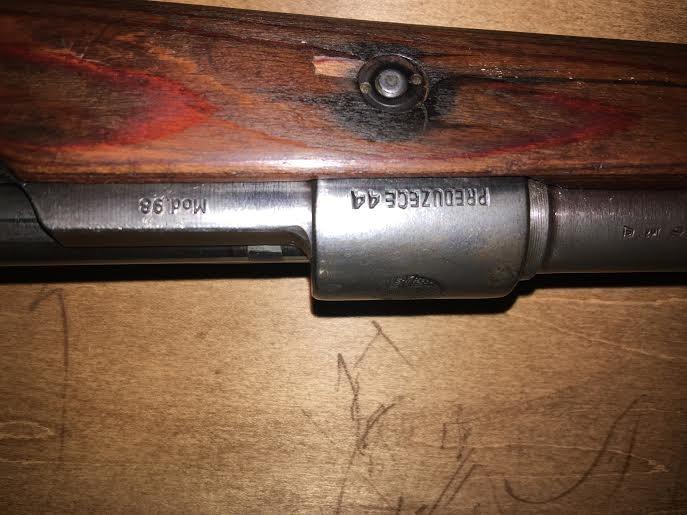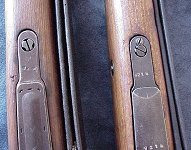

He states that the Consortium worked based upon the principle of a division of labor, meaning each firm had specific responsibilities each would specialize on specific components. Storz does not give us the answers in his self-described “speculation”, he does hit on the key elements that do lead to an answer. We knew from earlier contracts that the firms collectively made the rifles, though very little was known as to who did what and to what extent. What is most interesting to me regarding this arrangement is not the manner in which the Consortium was contracted to fill the order, for this was a pattern well established with earlier military rifle contracts by the Consortium. This will be the working figure for the following study. Storz suggests that subsequent sales probably amounted to an additional 50,000 to 100,000 rifles, bringing the total “probable” deliveries to 450,000 to 500,000.

Haenel was the lead firm that dealt with the Prussian Arsenal at Erfurt, who handled the military contract for the government, that the original contract was for 400,000 rifles, and that the three firms collaborated on the actual manufacture.

Dieter Storz’s “M98 Rifle & Carbine” does give a general outline of the arrangement. Very little is known about the contract or how this Consortium worked in actual practice, though Dr. Schilling, and collectively they manufactured for the German military approximately 500,000 Gewehr98 rifles between 19. The Suhl Consortium was a group of three private firms in Suhl that worked together on military contracts.


 0 kommentar(er)
0 kommentar(er)
